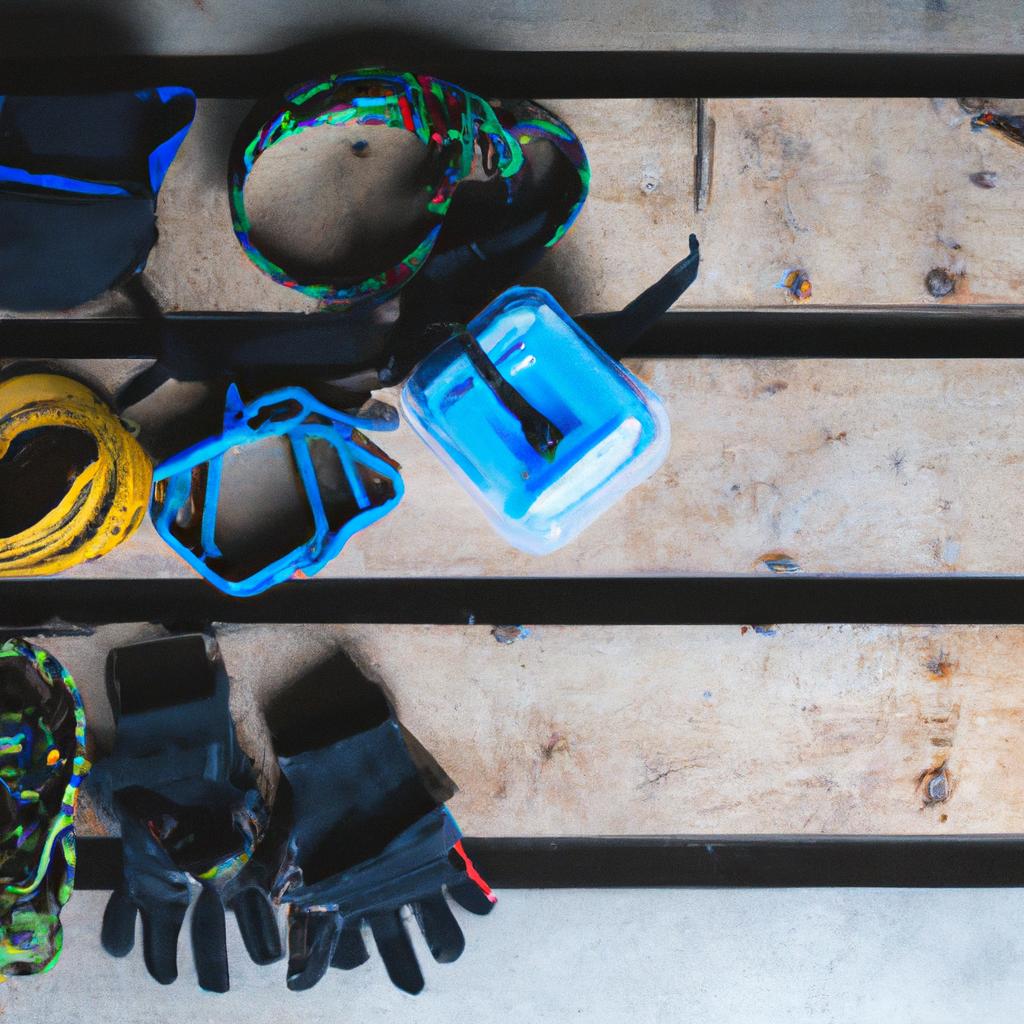**”The Importance of Safety Gear in Parkour: Choosing the Right Equipment to Prevent Injuries and Enhance Training Confidence”**
# The Importance of Safety Gear in Parkour: Choosing the Right Equipment to Prevent Injuries and Enhance Training Confidence
Parkour, the art of movement, has gained immense popularity over the years, attracting individuals who seek to navigate their environment with agility and creativity. However, with the thrill of jumping, climbing, and vaulting comes the risk of injury. To enjoy parkour safely and effectively, the right safety gear is essential. This blog post will explore the importance of safety gear in parkour, provide tips on choosing the right equipment, and discuss how proper gear can enhance your training experience.
## Understanding the Importance of Safety Gear
### The Risk of Injury in Parkour
Parkour involves high-impact movements that can lead to various injuries, including sprains, fractures, and bruises. While the physicality of parkour is exhilarating, it can also pose significant risks, especially for beginners. Proper safety gear helps mitigate these risks, allowing practitioners to focus on skill improvement rather than worry about potential injuries.
### Building Confidence Through Safety
Wearing appropriate safety gear boosts confidence among parkour practitioners. When individuals know they are protected, they are more likely to push their limits and try new techniques. This confidence fosters a positive training environment, encouraging both personal growth and community support.
## Choosing the Right Equipment
### Essential Safety Gear for Parkour
When engaging in parkour, several essential safety items can help protect you from injury:
1. **Knee Pads**: Protect your knees from scrapes and impacts. Look for pads that offer a balance between protection and flexibility for ease of movement.
2. **Elbow Pads**: Just like knee pads, elbow pads provide cushioning during falls or when landing on hard surfaces. They should fit snugly without restricting movement.
3. **Wrist Guards**: These are crucial in preventing wrist injuries, especially during falls or landings. Select guards that allow for natural wrist movement while offering adequate support.
4. **Shoes**: Footwear is arguably one of the most important considerations. Choose shoes that provide good grip, flexibility, and cushioning. Minimalist shoes can be beneficial for better ground feel, but ensure they offer enough protection.
5. **Helmets**: While not always necessary, a helmet can provide vital protection for head injuries, especially during more advanced maneuvers.
### Selecting Quality Gear
When choosing safety equipment, prioritize quality over cost. Look for reputable brands known for producing durable and reliable gear. Additionally, consider trying various options to find what feels comfortable and secure for your body type.
## Nutrition Tips for Parkour Practitioners
Staying properly fueled is as important as wearing the right gear. Nutrition plays a vital role in performance and recovery. Here are some tips:
1. **Balanced Diet**: Ensure a mix of carbohydrates, proteins, and healthy fats. Carbs provide the energy needed for training, while proteins repair muscles and fats support overall health.
2. **Hydration**: Drink plenty of water before, during, and after training sessions. Dehydration can lead to decreased performance and increased injury risk.
3. **Pre-Training Snacks**: Consume light snacks rich in carbohydrates and proteins, such as a banana with nut butter or a protein smoothie, about 30 minutes before training.
4. **Post-Training Recovery**: After training, replenish your energy with a meal or snack that includes proteins and carbohydrates to support muscle recovery.
## Exercise Advice for Parkour Enthusiasts
In addition to safety gear and nutrition, understanding how to train effectively is crucial:
1. **Warm-Up**: Always begin with a thorough warm-up to prepare your body for the physical demands of parkour. Dynamic stretches and mobility drills can help reduce injury risk.
2. **Progress Gradually**: Start with basic movements and gradually progress to more complex techniques. This approach builds a solid foundation and minimizes the risk of injury.
3. **Practice in Safe Environments**: Train in areas that are safe and suitable for parkour. Look for gyms with padded surfaces or urban spaces with soft landing zones.
4. **Listen to Your Body**: Pay attention to how your body feels during training. If you experience pain or discomfort, take a break and assess the situation.
## Health Benefits of Parkour
Engaging in parkour offers numerous health benefits beyond physical fitness:
1. **Improved Strength and Agility**: Parkour training develops overall body strength, coordination, and agility, contributing to better performance in everyday activities.
2. **Enhanced Mental Focus**: The concentration required in parkour helps improve mental clarity and focus, which can translate to other areas of life.
3. **Boosted Confidence**: Successfully mastering parkour techniques fosters self-confidence and a sense of achievement.
4. **Social Connection**: Parkour often involves training with others, fostering a sense of community and support.
In conclusion, the importance of safety gear in parkour cannot be overstated. Selecting the right equipment not only enhances your training confidence but also significantly reduces the risk of injury. Coupled with proper nutrition and training practices, parkour can be a rewarding and beneficial physical activity. By prioritizing safety, you can enjoy the exhilarating world of parkour while ensuring a sustainable training journey.















Post Comment